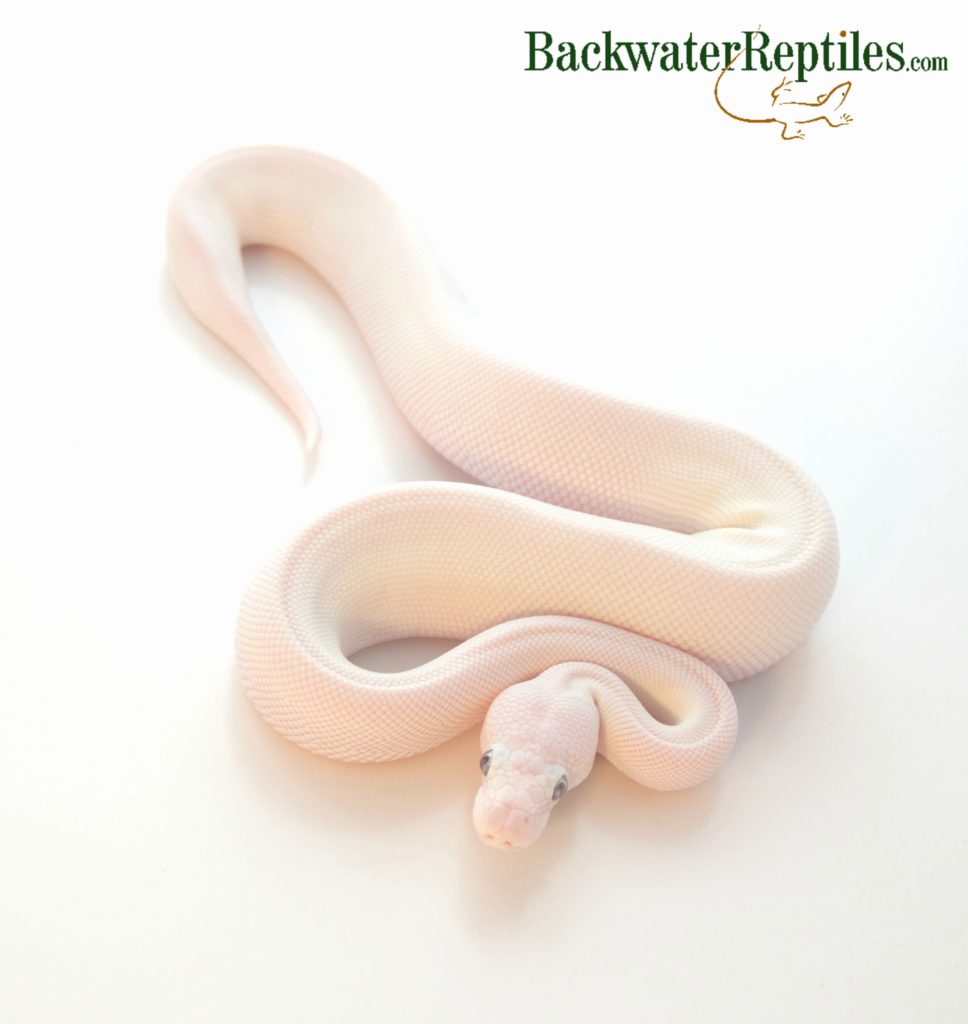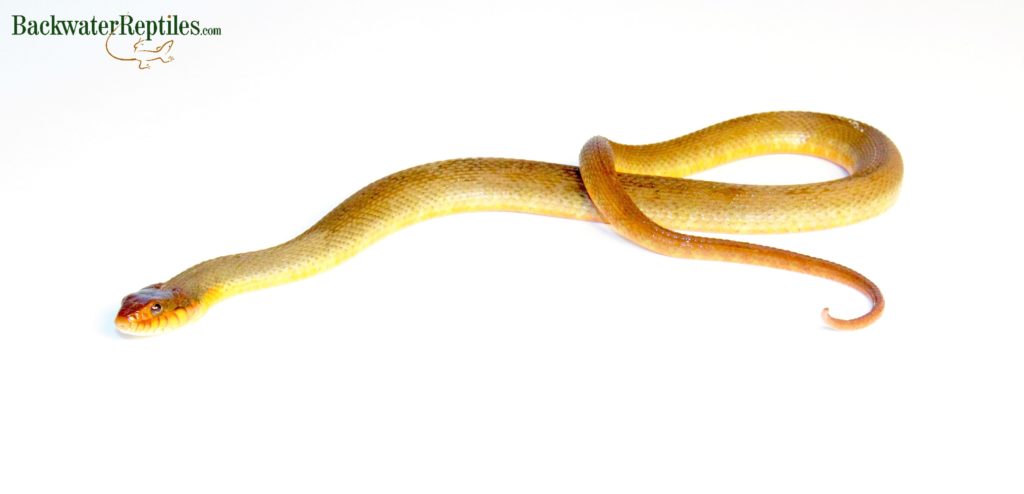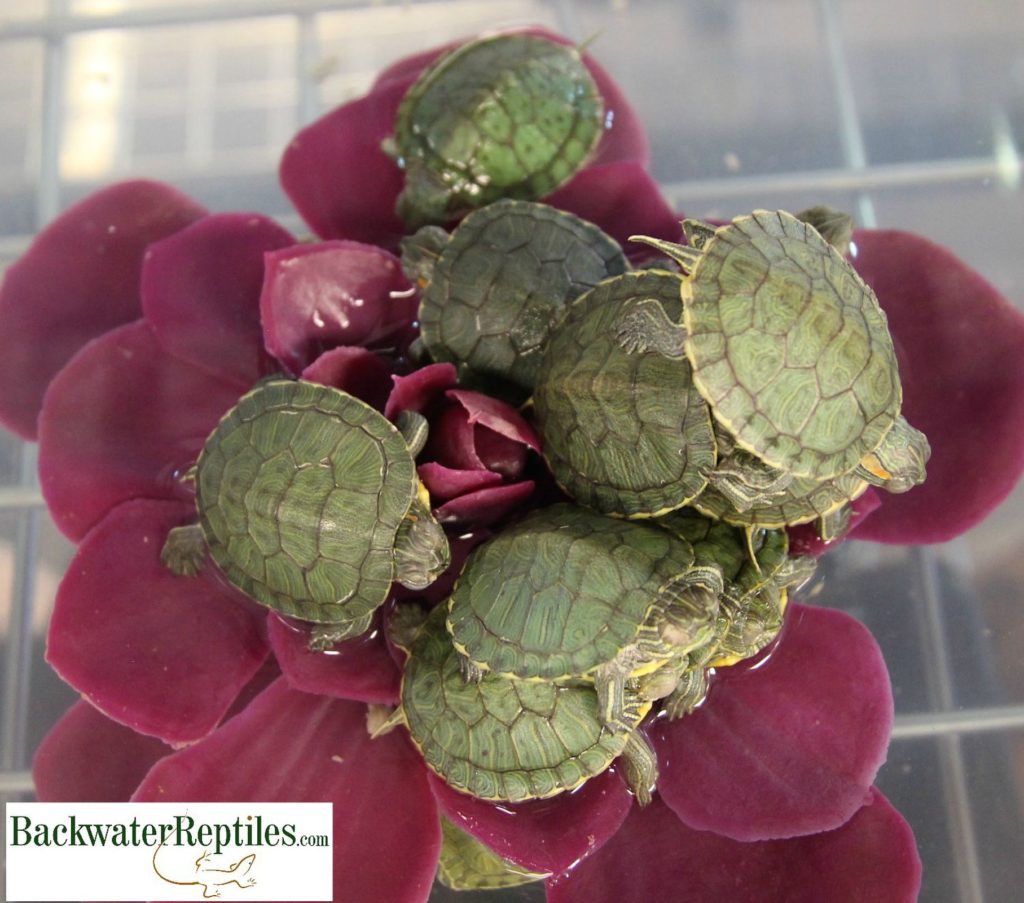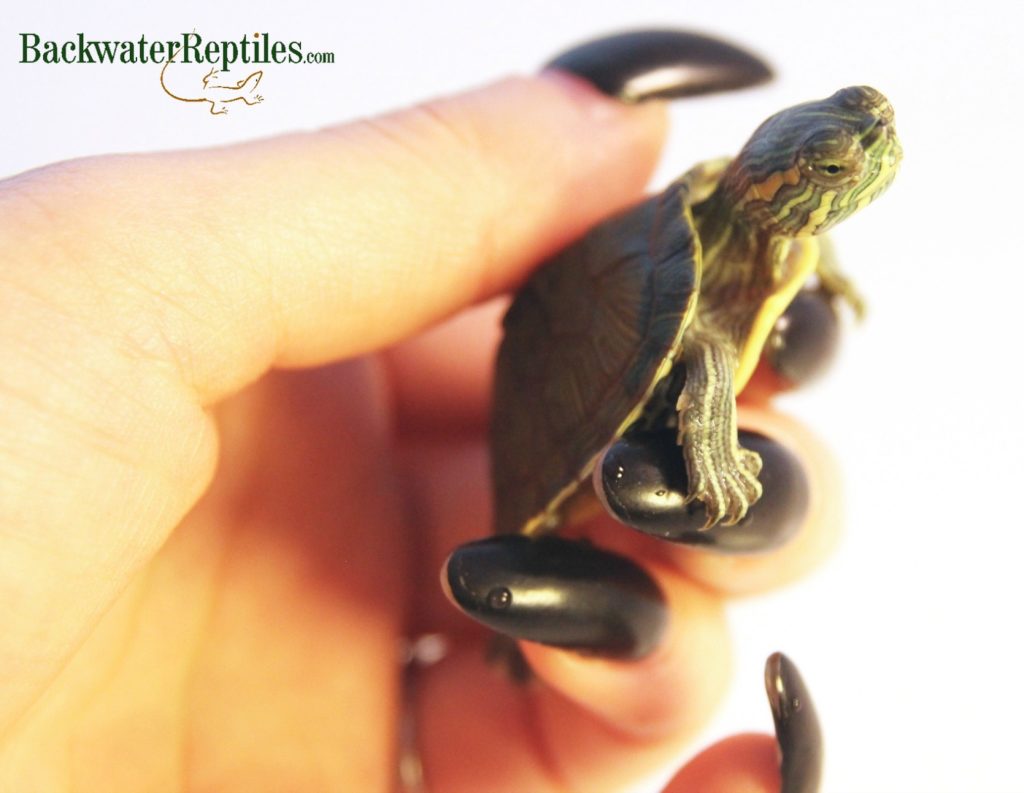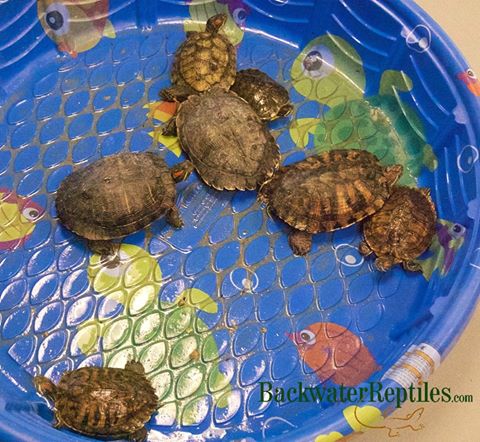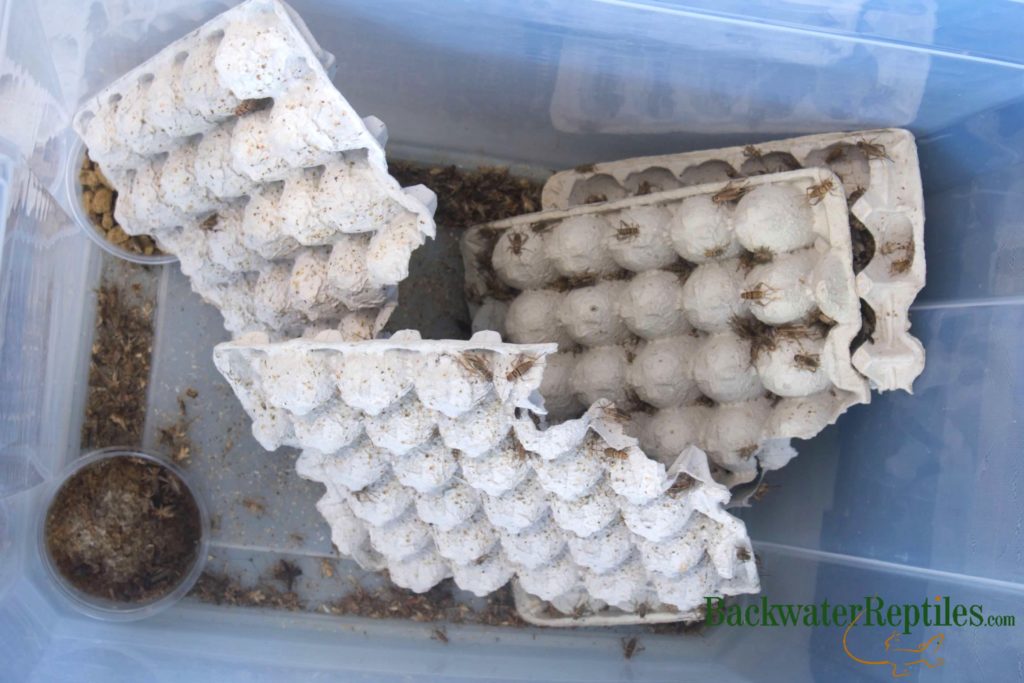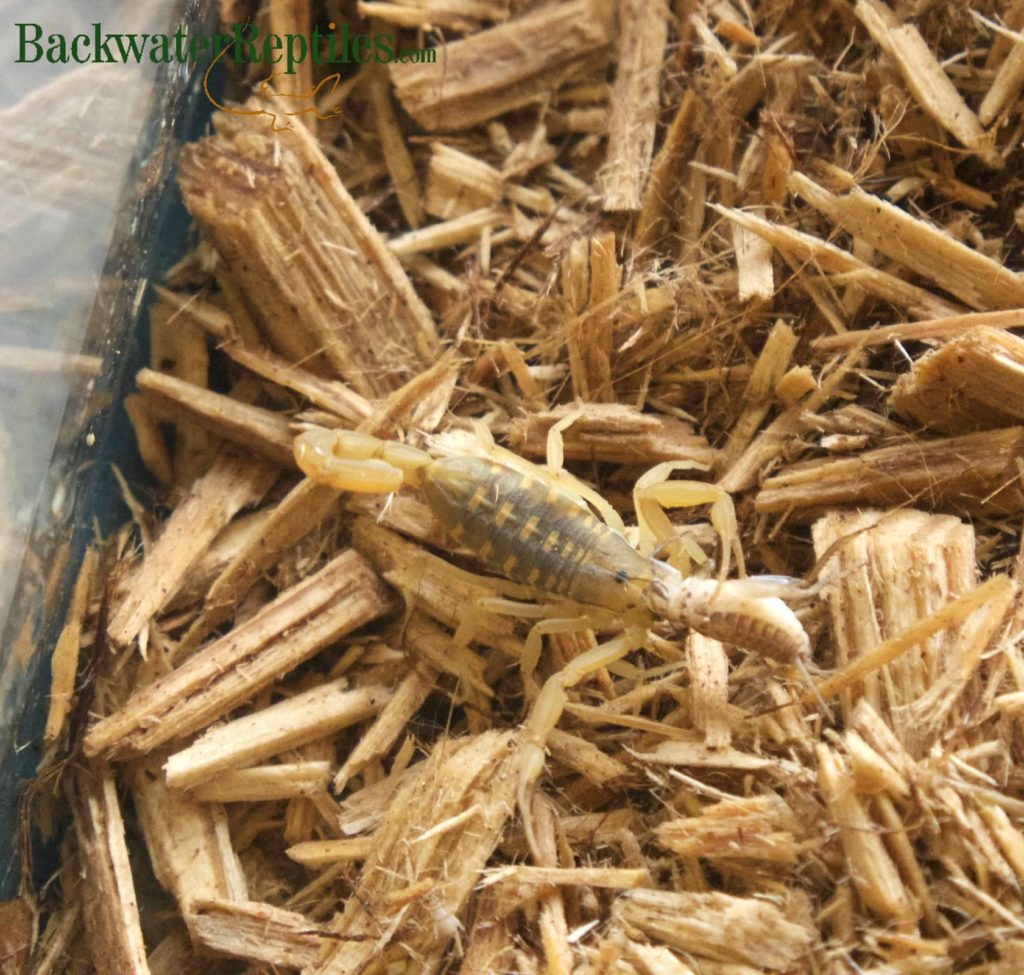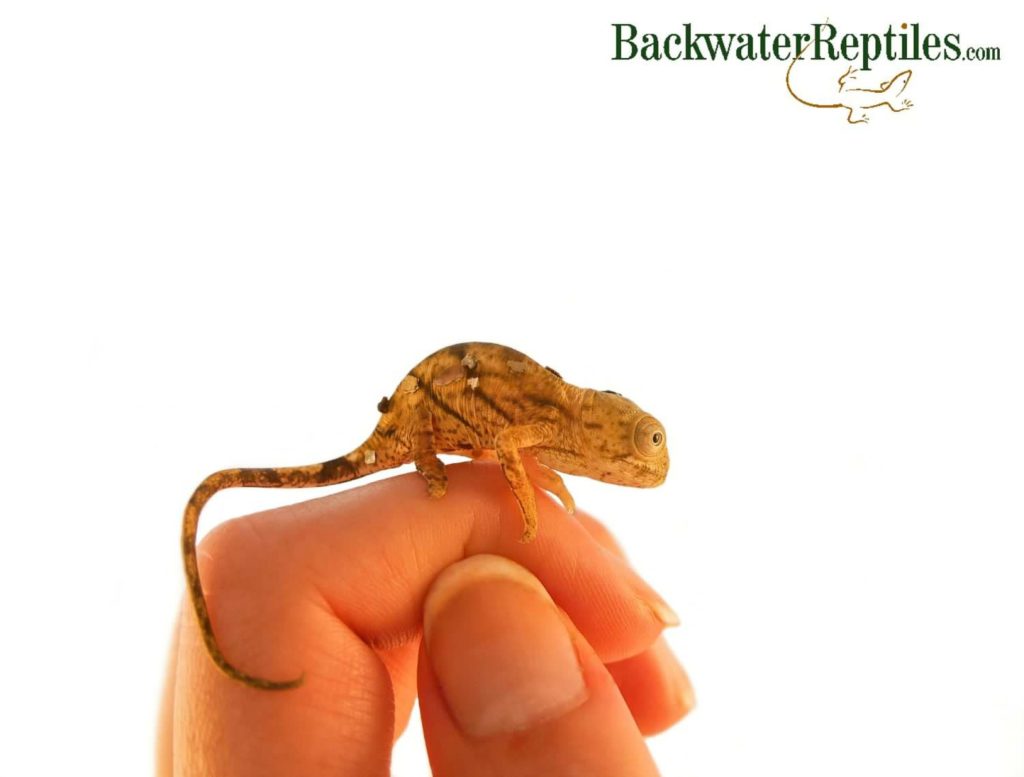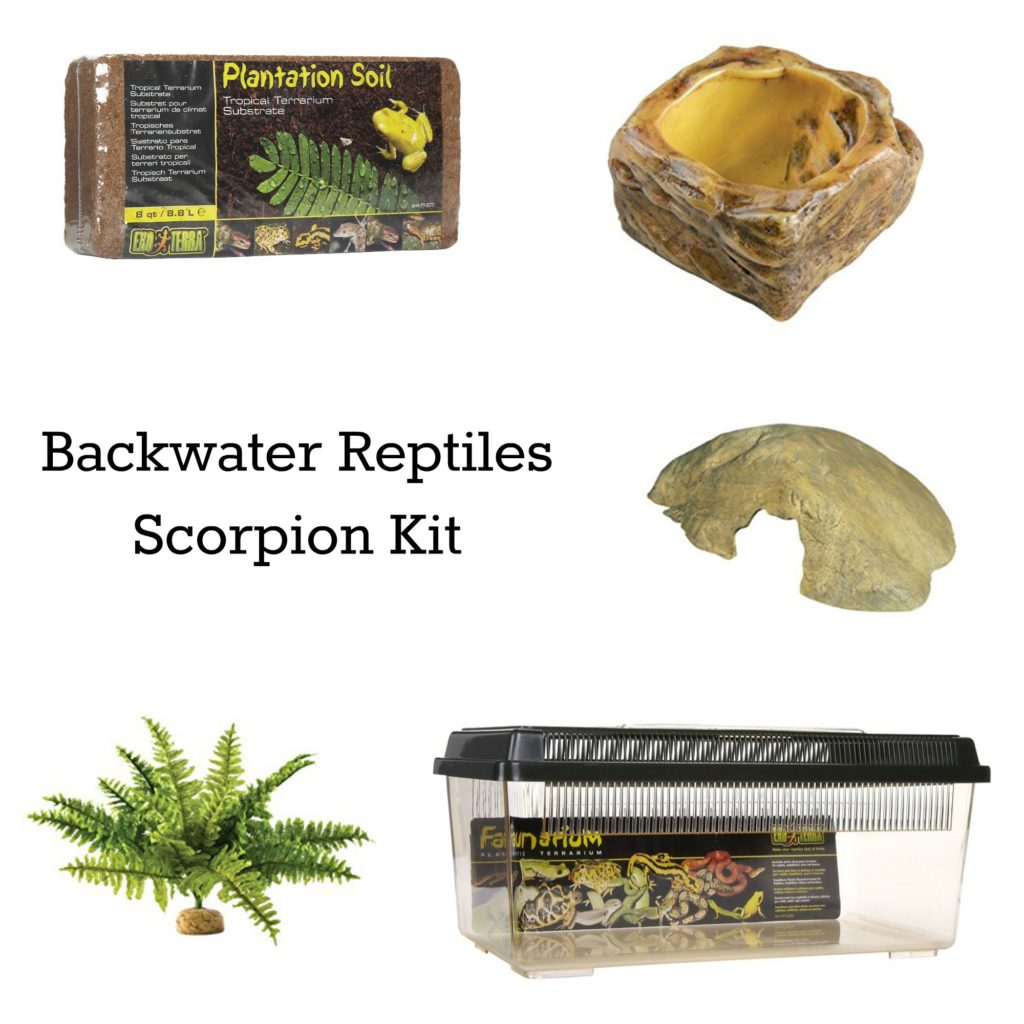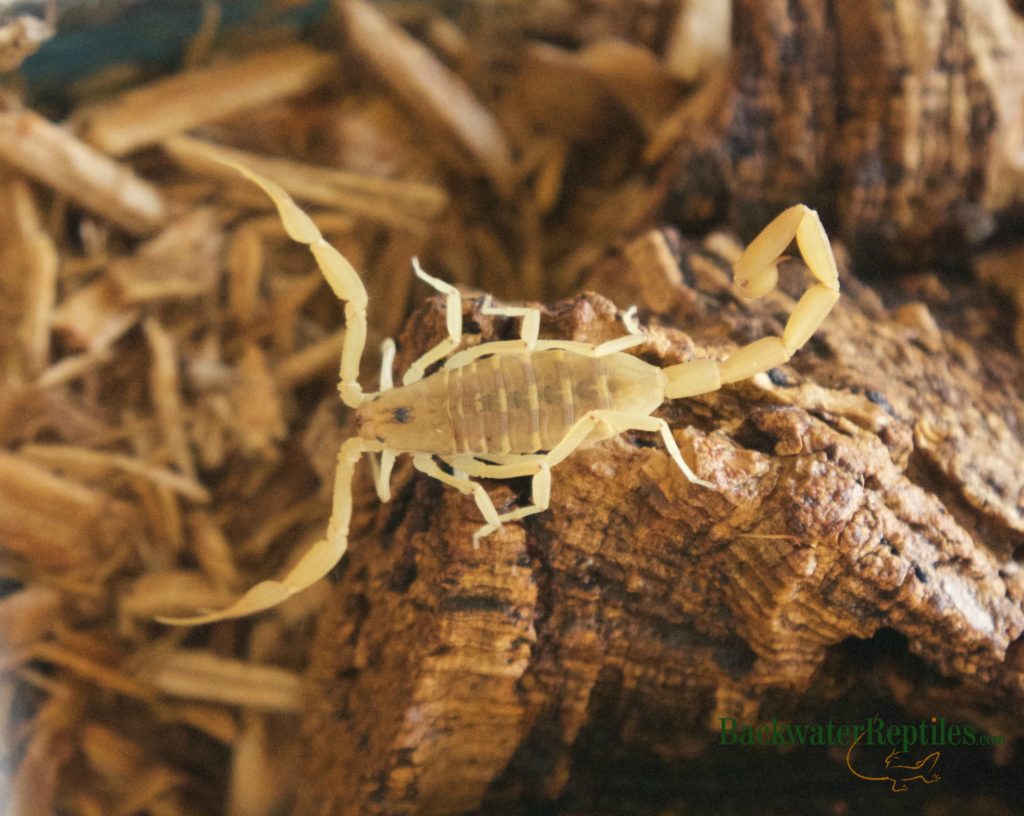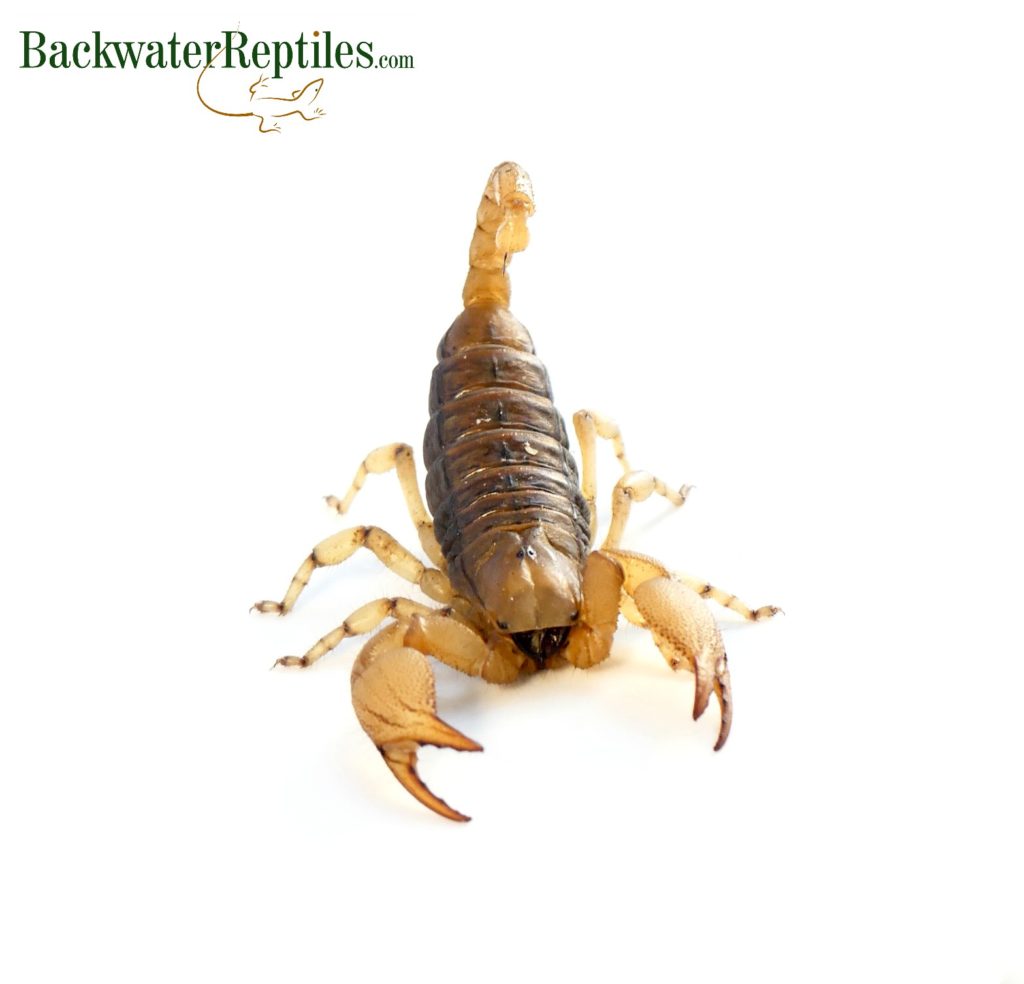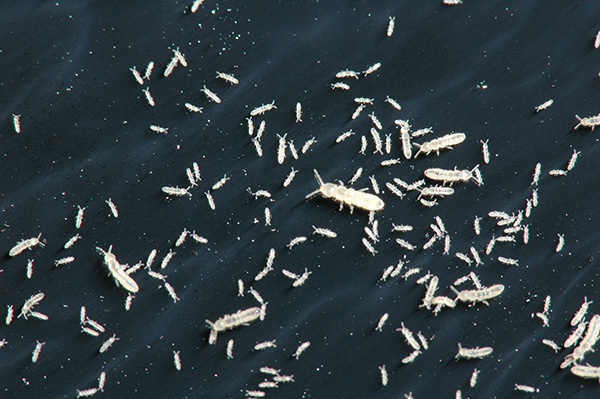Introduction to Dubia Roaches
Many reptile, amphibian and invertebrate owners commonly feed their pet(s) crickets. It’s a very common husbandry practice and crickets are most certainly an acceptable, affordable, and convenient feeding option. But did you know that exotic pets need a varied diet just like human beings and shouldn’t subsist solely on a diet of crickets?
So, what other insects should you should feed your reptile, amphibian, or invertebrate besides crickets? At Backwater Reptiles, often times when we don’t feed our animals crickets, mealworms, or commercially prepared food, we turn to dubia roaches (Blaptica dubia).
In this article, we’ll answer some very commonly asked questions about dubia roaches and their usefulness as feeder insects such as:
-What are dubia roaches and do they make good feeder insects?
-What types of exotic pets eat dubia roaches?
-Why should I feed my pet reptile, amphibian, or invertebrate dubia roaches? What are the benefits?
-How do I breed and raise my own feeder dubia roaches for my pet reptile, amphibian, or invertebrate?
-What is “gut loading” and how does it affect my pet reptile, amphibian, or invertebrate?
-Where can I get dubia roaches to feed my pet reptile, amphibian, or invertebrate?
-I’ve received my order of dubia roaches. What do I do with them now?
-Are there any downsides to feeding my pet reptile, amphibian, or invertebrate dubia roaches?
Dubia Roaches as Feeder Insects
What are dubia roaches and do they make good feeder insects?
Dubia roaches (Blaptica dubia), which are also referred to as Guyana spotted roaches, Orange spotted roaches, and Argentine roaches, are a species of cockroach that are commonly used as feeder insects in the exotic pet industry.
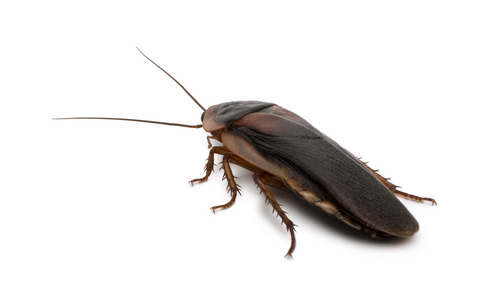
Dubias range in size from one eight of an inch in length as nymphs to two inches long as mature adults. Interestingly enough, if they are not eaten by another animal, they typically have a life span of between one and a half to two years. They are also edible during their entire life span.
Although they might come with a slightly higher price point than traditional feeder insects like crickets and mealworms, dubias are also much higher in nutritional value. This means that YES, dubia roaches do indeed make excellent feeder insects!
What types of exotic pets eat Dubia Roaches?
The answer to this question is short and simple. Virtually all types of exotic pets, including reptiles, amphibians, and invertebrates, will eat dubia roaches.
Because dubias are available in so many sizes, they can be eaten by pretty much all sizes of carnivorous or omnivorous animals.
Reptiles that are particularly fond of dubia roaches include: bearded dragons, chameleons, and many species of gecko. Amphibians that eat dubias include mainly frogs and toads, although larger species of salamanders with hearty appetites (a la tiger salamanders) will readily consume dubias too. Finally, scorpions and arachnids are known to have a hunger for dubias as well.
Why should I feed my pet reptile, amphibian, or invertebrate Dubia Roaches? What are the benefits?
Although crickets, mealworms, reptiworms, wax worms, and other similar feeder invertebrates all make great feeder options for various reasons, dubias are known for their highly nutritious nature.
Dubia roaches have very high protein levels compared to many other chitinous feeder insects. They pack a whopping thirty six percent protein percentage and also contain a lower fat content than many of the “worm” insects such as wax worms, reptiworms, and silk worms.
The calcium level present in dubias is also slightly higher than that of crickets and considerably higher than that of mealworms. This means that although we do still recommend dusting your feeder insects, there is a better chance that your pet will need vitamin supplements less frequently.
Finally, dubia roaches are 61 percent moisture, which is a reasonable amount. While most reptiles, amphibians, and invertebrates do acquire moisture through other means, it is good to feed them an insect that contains a good moisture balance.
These nutritional ratios make dubia roaches quite possibly one of the most well-rounded nutritious options when it comes to herp health.
Aside from the obvious health benefits, dubia roaches are also relatively easy to maintain and keep. They are far less noisy, messy, and for lack of a better word, stinky, than crickets. Plus, as we’ve already established, they are edible to herps at all their life stages.
Unlike crickets, which are the most common feeder insect, dubias are not known escape artists. Crickets can and will jump out of holding containers, whereas dubias aren’t inclined to fly and they cannot climb on slick surfaces such as glass or plastic tubs. This means that temporary holding pens as well as long term housing for dubia breeding projects are easy to come by and you’ll never have to worry about a dubia “infestation” in your home from escaping roaches.
Another benefit that most herp owners probably haven’t even considered is the safety of their animal. Crickets are known “nibblers” and can actually injure your pet by gnawing on it if you leave them unattended with your herp. Dubia roaches, on the other hand, are not aggressive and won’t harm your pet if you leave them unattended in the animal’s cage.
How do I breed and raise my own feeder Dubia Roaches for my pet reptile, amphibian, or invertebrate?
While dubias are an excellent nutritional option for feeding your reptile, amphibian, or invertebrate, they are not as readily available via pet stores and they are also a bit costlier than traditional crickets. Luckily, dubias are actually relatively simple to breed and maintain. All you’ll need to raise your own dubias at home is a ventilated enclosure, heat source, food, water, and hiding space(s).

The first thing you’ll need to start your own breeding colony is of course the dubia roaches themselves. Luckily, Backwater Reptiles does sell starter breeding colonies! Each colony also comes with the supplies you’ll need to begin keeping your dubias including: instructions, roach food, water crystals, and egg crates.
The good news about keeping dubias is that they do best if you just leave them alone. You should regularly check to make sure that they have fresh food and water, but other than that, maintenance is very simple. In fact, dubia roach enclosures only need to be cleaned two to three times per year! Leaving the droppings and other accumulated detritus in the bottom of the enclosure is actually beneficial to the roaches for many reasons.
Once your colony has been established, you should remove feeder roaches at regular intervals and keep them housed separately from your growing roaches and breeding roaches.
Naturally, dubias are scavengers like all cockroaches and the good news for breeders is that this means you can feed them a variety of things. We recommend a food that is dry and doesn’t encourage rot, mold, or fungus to grow inside the roaches’ enclosure. Cereal, dry pet food, and chicken feed are all acceptable options, but you can also give them house scraps such as bread.
When it comes to roach feeding, it’s also recommended that you provide a “fresh” food source at least once or twice per week. Fresh food includes everything from leftover greens, citrus fruits, potatoes, and even fruit such as apples or grapes.
Just be very mindful when feeding your dubias fresh food items. You’ll want to make sure that the food you’re giving them is not harmful or toxic in any way to the species that will be ingesting the dubias. You’ll also want to remove any uneaten fresh food remnants from the enclosure to avoid bacteria, rot, and mold from forming.
What is “gut loading” and how does it affect my pet reptile, amphibian, or invertebrate?
Gut loading is the process of giving your feeder insects highly nutritious food in order to pass that nutrition on to your pet that will be consuming the roach. Keep in mind that your pet is essentially eating whatever your feeder insect eats, so gut loaded insects of all varieties, whether crickets, roaches, reptiworms, or any other type of invertebrate, are directly transferring the nutritional value of what they’ve eaten on to your pet. Ever heard that common saying that you are what you eat? Well, in the case of gut loaded feeder insects, this is literally true!
One thing to keep in mind when gut loading your dubias is that this species of roach has a slower digestion process. Unlike crickets and some other species of feeders which produce a lot of waste in very short amounts of time, the food given to a dubia will stay in the roach’s system for much longer, thereby providing more residual nutrition to your pet.
The bottom line is that you should feed your dubias well because their health is directly correlated to the health of your pet.
Where can I get Dubia Roaches to feed my pet reptile, amphibian, or invertebrate?
As we’ve already mentioned, dubia roaches are not readily available in most commercial pet stores.
However, the good news is that even if you are not lucky enough to have a store in your area where you can buy dubias, you can purchase them online.

Did you know that Backwater Reptiles sells feeder dubia roaches of all sizes and ages? And shipping is absolutely one hundred percent free!
I’ve received my order of Dubia Roaches. What do I do with them now?
If you have no intention of starting your own breeding colony of dubias, maintaining the dubias you ordered online is still just as easy.
The growth rate of dubias compared to crickets is much slower, so the good news is that whatever size roach you order should stay the same size for the duration that you have it before it gets fed to your pet.
We recommend providing the same elements you’d provide for your breeding colony – food, water, enclosure, heat element, and hiding space – only on a smaller scale.
Are there any downsides to feeding my pet reptile, amphibian, or invertebrate dubia roaches?
In reality, dubia roaches are one of the most nutritious and “healthy” options for your pet reptile, amphibian, or invertebrate. There are not many downsides to mention in terms of nutritional worth.
Virtually the only cons we can think of when it comes to feeding your herp dubia roaches are the costliness of the roach and the availability of the roach.
As we’ve mentioned already, dubias are not commonly sold in stores, nor are they the cheapest insect you can feed your herp. However, if you can offset cost and availability by either breeding your own colony or making your roach orders last you for a while by practicing good husbandry habits, then feeding your pet dubia roaches is well worth the extra effort!
Conclusion
Dubia roaches are excellent choices as far as feeder insects are concerned.
Dubias are a very healthy and nutritious option for exotic pets and herps of all types! Scorpions, lizards, frogs, and even tarantulas all love to eat them. And the good news is that because dubias pack such a nutritional punch, you ultimately end up having to feed your pet fewer of them than you would if you chose another species of feeder insect.
Do you have any special tips or tricks to offer readers when it comes to dubia roach husbandry? List them in the comments! We’d love to hear your experiences!


